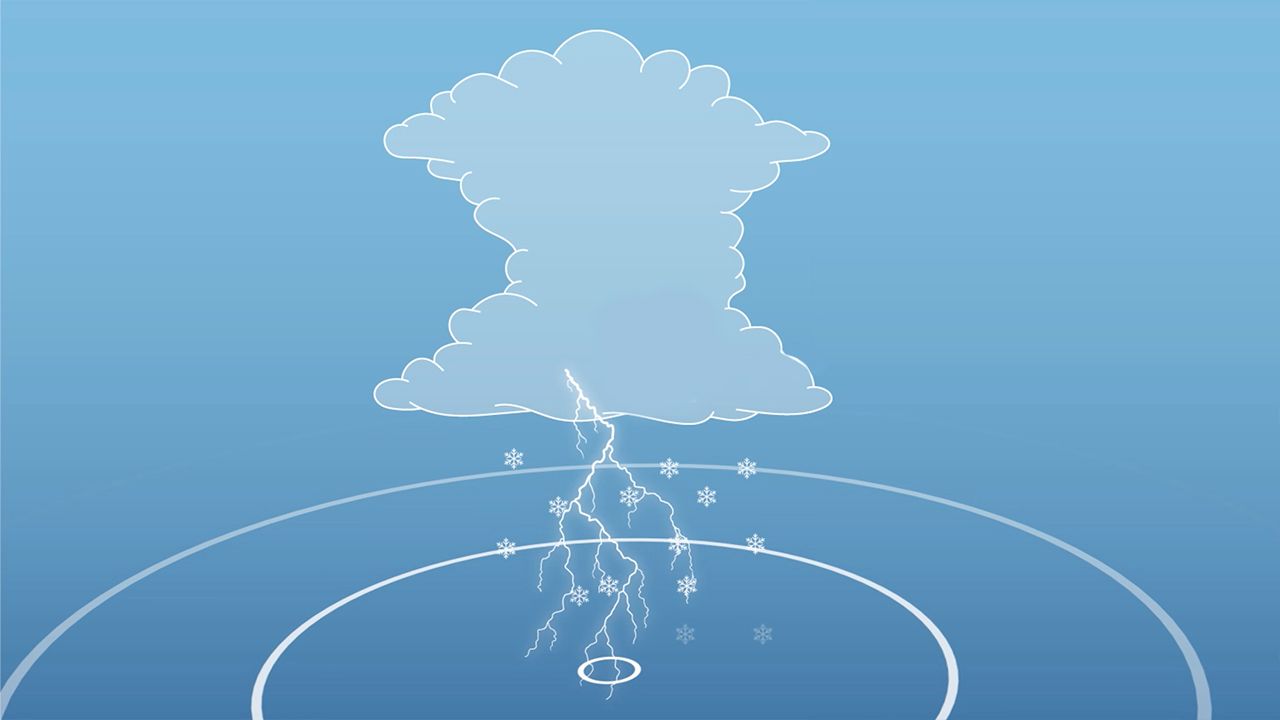Winter storms can bring a mixed bag of precipitation types that range from snow to freezing rain to just plain rain.
Snowflakes will reach the surface if the temperature remains below freezing through the entire column of air between you and the cloud above. Once you throw in some warmer air into the mix, you are in for an array of precipitation types.
Freezing rain is by far the most dangerous and destructive type of winter precipitation. For example, a historic ice storm struck northern New York and New England in 1998. It produced up to 3 inches of ice accumulation and caused about $1.4 billion in damage.
Watch the video above to learn more about how different precipitation types form.
Our team of meteorologists dives deep into the science of weather and breaks down timely weather data and information. To view more weather and climate stories, check out our weather blogs section.







